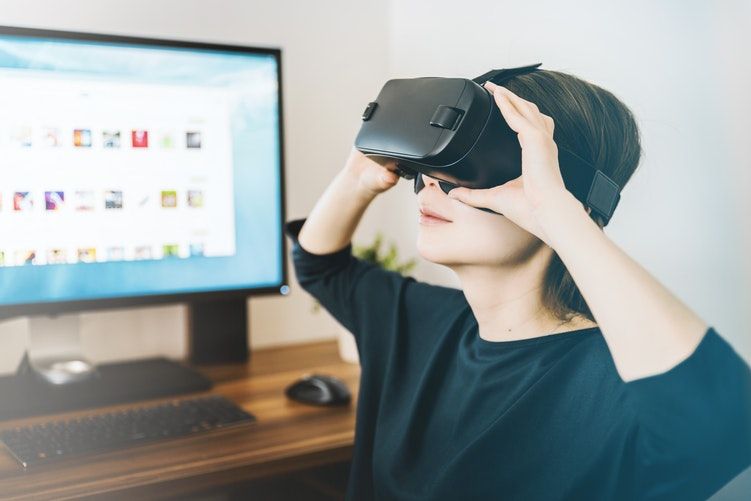Could future classrooms exist in virtual reality?
Modern education methods are far from perfect, sometimes struggling to cater to all learning styles simultaneously. But, just as it has been revolutionising the entertainment industry, virtual reality (VR) could transform the education system too. A recently published study conducted here at the University of Warwick suggests VR could have a positive impact on how we are taught. However, as has already been seen, the technology has drawbacks to be overcome before it can be widely adopted.
The study was conducted by members of the university’s psychology department. They split 99 first-year students into three groups: one to be taught a biological topic using a virtual reality environment, one using a video of that environment and the last using a regular textbook. All three methods used identical text and 3D models to illustrate ideas. Before and after learning the students took the same 17 question test to gauge how much their performance improved. The group which had first-hand experience of the VR environment not only performed best post learning but also had the greatest score improvement at 28.5%. The textbook group followed closely behind at 24.9% with the video at only 16.1%. Academic performance was not the only factor that was being measured; the researchers also recorded participant’s emotional responses to their learning methods and once again, first-hand VR performed best, being the only one of the three to see a rise in positive responses rather than a drop.
The group which had first-hand experience of the VR environment not only performed best post learning but also had the greatest score improvement at 28.5%.
The results of the study give further backing to the belief that VR offers a superior learning platform, but the technology is still in its infancy and this gives rise to two problems, expense and lack of content.
VR headsets are not cheap, for example the study used an HTC Vive which retails at £499. On top of this users would also need a fairly powerful PC to run the device, the cheapest of which can come in at around £500. Even ignoring other associated costs, £1000 per machine is not practical for schools to implement. Then there is the lack of content. Only an estimated 4 to 6 million headset units have been shipped worldwide across all VR brands. With such a relatively small market size and most consumers being interested predominantly in entertainment, there is not much driving businesses to produce educational content, particularly given the high costs associated with its development. This is not to say there is no content at all, but much of it is aimed toward primary school and secondary school education, there being practically none at college or university level.
Even ignoring other associated costs, £1000 per machine is not practical for schools to implement.
Yet all might not be lost. There are cheaper alternatives to the HTC Vive already available on the market and some of which, like the Oculus Go, do not require a PC to be used. Furthermore, with technological advancements a useful source of funding can be government spending. Governments are unlikely to fund technology used solely for film and video game consumption, but they might fund projects to improve education. This could help bring the hardware costs down and encourage software improvement too.
VR is still in its infancy and has yet to find that one killer application everyone needs it for to drive its sales. This recent study and others like it highlight the educational capabilities of VR and could be exactly the push needed to help the technology thrive.

Comments
Comments are closed here.